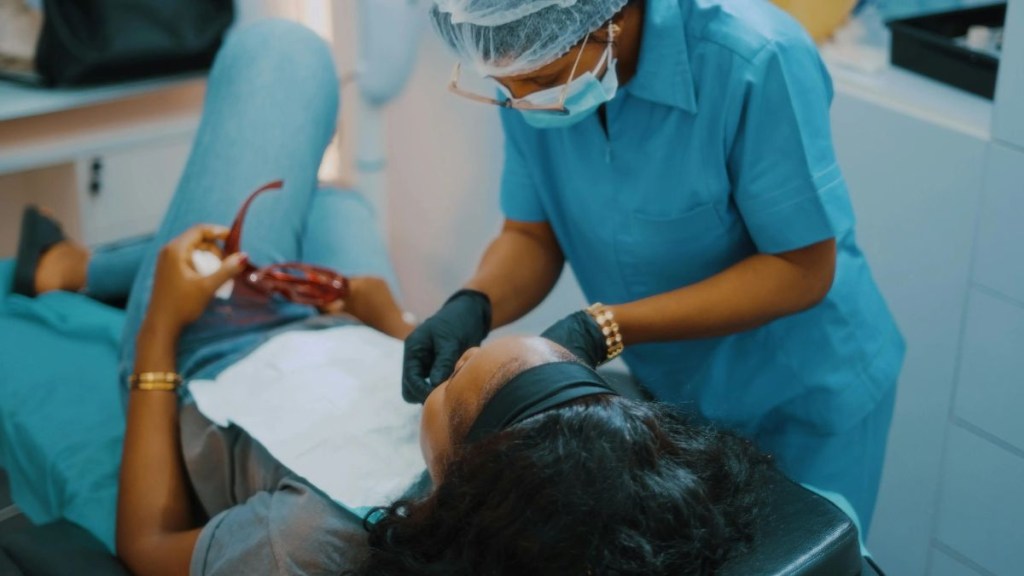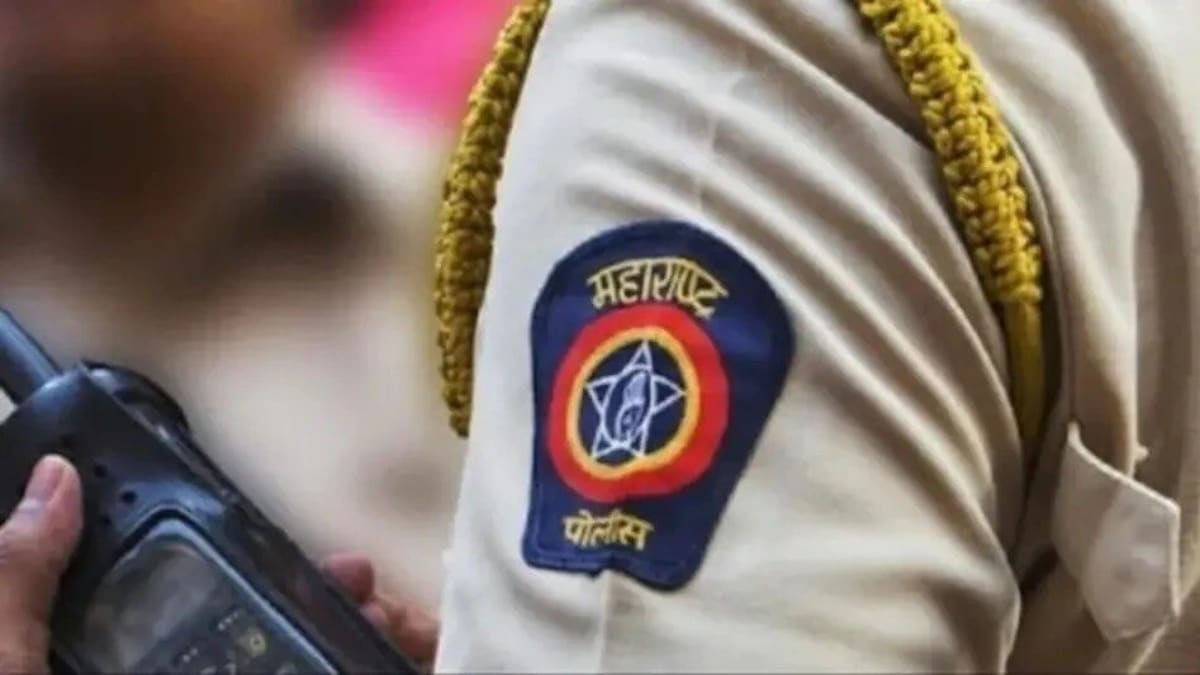India is facing a growing health concern as more young adults in their 30s and 40s are being diagnosed with oral cancer, a disease once seen mostly in older people. According to the World Health Organization (WHO), India accounts for over a third of the world’s oral cancer cases. The Indian Council of Medical Research (ICMR) reveals that nearly 20 per cent of cases now occur in people under 45, up from just 5-10 per cent two decades ago. When it comes to oral cancer, early diagnosis is rare. People often ignore warning signs, leading to late detection and reducing their chances of successful treatment. But what is the main cause behind this sudden rise?
Smokeless tobacco: The main culprit
The most significant cause behind this spike is the widespread use of smokeless tobacco products such as paan, gutka, khaini, and supari. These products are cheap, easy to buy, making them popular among teens and young adults. Many begin using them in their teenage years, often unaware of the long-term health risks.
“By the time people reach their 30s, years of exposure to carcinogens in tobacco have already caused precancerous changes in the mouth,” explained Dr. Akshat Malik, Principal Consultant Surgical Oncology, Head and Neck Oncology, Max Hospital, Saket, Delhi.
Areca nut, also called supari, adds to the risk. Often sold as a harmless mouth freshener, it can cause cancer and leads to oral submucous fibrosis, which makes the mouth lining stiff and increases cancer chances.
Misconceptions about ‘safe’ tobacco
Many youngsters believe that ‘herbal’ or flavoured products are safe. Health warnings on packets are often ignored, and regular oral check-ups are rare. As a result, early signs like mouth ulcers, red or white patches, or unexplained bleeding are often missed, leading to late diagnosis, low chances of survival.
Why young Indians are more vulnerable today
Modern fast-paced lifestyle is also contributing to the rise. Stressful work environments, regular alcohol consumption, poor diets low in fruits and vegetables, and sedentary habits increase overall cancer risk.
Further, studies show a growing role of human papillomavirus (HPV) in oral and oropharyngeal cancers. “While tobacco-driven cancers remain dominant in India, we are seeing more HPV-related cases among younger patients who do not use tobacco,” Dr. Malik said. Poor oral hygiene and nutritional deficiencies further increase vulnerability.
Are oral cancers preventable?
Experts explain that oral cancer is preventable. “Awareness and early action are key. Young people should avoid tobacco and betel nuts, get regular oral screenings, maintain good nutrition, and practice proper oral hygiene,” Dr. Malik said.
Stronger regulations on smokeless tobacco, stricter enforcement of bans on sales to minors, and clearer health warnings can make a big difference. Schools, colleges, and workplaces must be involved in awareness campaigns. Promoting HPV vaccination can also help reduce risk, especially for those without traditional lifestyle risk factors.
Dr. Malik further shares that if current trends continue, India is at a risk of losing millions of youngsters to a disease that could largely have been prevented. Public health experts urge aggressive, youth-focused interventions to stop oral cancer from claiming more lives in their 30s and 40s. “Oral cancer is not just a disease of the elderly anymore. It’s hitting young adults hard, and we need urgent action to protect our next generation,” Dr. Malik said.








